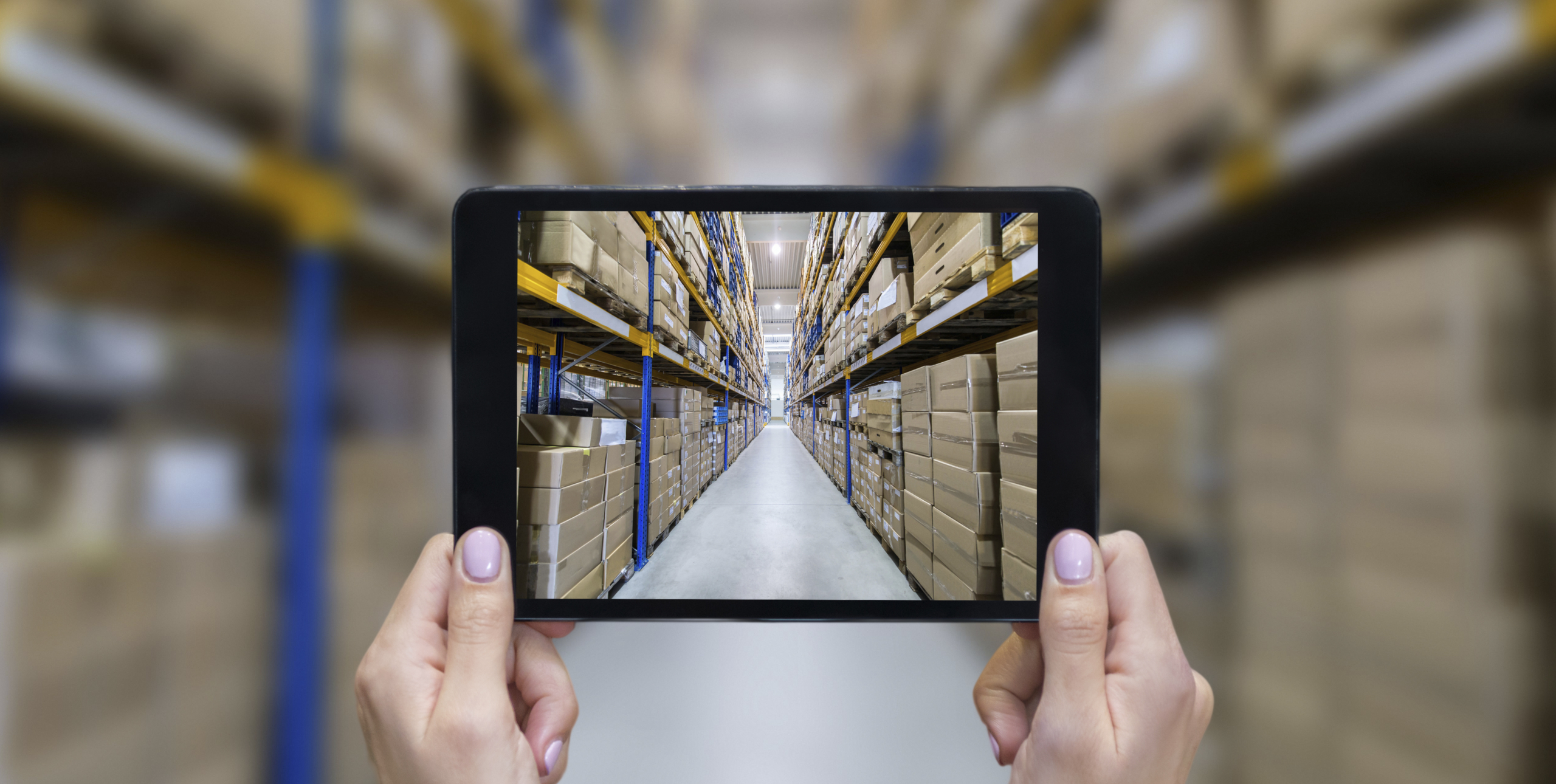E-Commerce Placing High Demands on Transport Infrastructure
When movement restrictions were first announced across Europe due to the coronavirus outbreak, e-commerce was singled out as the big winner. Although it might have seemed an obvious prediction at the time, the situation surrounding the outbreak also raised concerns among some experts that the whole e-commerce structure could collapse due to the unprecedented demand with consumers being left no choice but to shop online. The question is therefore – should we have more confidence in the e-commerce system? And can it sustain such high demand?
An important European study carried out by Spanish e-commerce specialist Guillem Sanz looked at 1000 web-based businesses (excluding supermarkets in the food category) to evaluate their online sales and found an overall increase of 55% since the first movement restrictions were announced by the government. So what are people buying when confined to their homes? Among the biggest losers is the fashion & footwear category which has witnessed the biggest drop of 69%. Conversely sports categories were up by 191%, furniture has seen increases of 135% while pharmacy and medicine grew by 26% and finally gardening, another notable favourite with a 13% increase.
Interestingly, some grocery chains and even pharmacies, despite remaining open for business are pushing online sales options with visible increases in online marketing and discount specific promotions. All of this extra online “activity” is generating acute pressure on the supply chain and indeed on the delivery routes responsible for getting the product from the distribution centre to the consumer’s front door. The knock-on impact is leading to disruptions in delivery times and product availability which in turn is making it increasingly difficult for online businesses to meet their service targets and fulfil orders according to their standard terms and conditions.
How are companies reacting to the added pressure?
Online giants such as Amazon are looking at ways to increase their own capacity to service higher levels of demand by announcing that over 100 000 new workers would be taken on in the US alone to ensure orders were fulfilled. Amazon is currently prioritising the sending of essential products which according to their site fall into the following categories:
• Baby products, Health & Home
• Beauty & Personal Care
• Groceries
• Industrial & Scientific Products
• Pet Supplies
“In the short term, we have made the decision to temporarily prioritize the entry into our warehouses of basic household, health and personal care products and other high-demand items so that we can receive, replace and send these products more quickly to our customers”. – Amazon.
Sanz also points out that Amazon is increasing staff numbers in most European countries with an increase in Spain being made of up to 1500 permanent full time staff in the numerous logistic and distribution centres currently being operated on the Iberian Peninsula.
Obviously, transport companies engaged in international, national and local deliveries are feeling the weight of this extra activity. The road haulage and courier sectors across Europe continue to operate under some very difficult circumstances to enable consumers to receive their online purchases. Depending on the type of transport, the 2019 data showed growth rates range from 6% to 13% which will most likely continue in to 2020 despite the circumstances surrounding Covid-19. Traditional public perceptions of the sector have certainly been challenged during this time, particularly with the “essential” status that their work has been given in a time of crisis. Drivers, owners and associations are all playing a vital role in keeping the population fed, safe and well during these difficult times, even with demand for online sales at such unprecedented levels.




